Sustainable Practices in Modern Winemaking: A Comprehensive Guide
Sustainable winemaking blends tradition with innovation to produce wine responsibly. It focuses on reducing environmental harm, supporting communities, and staying profitable. This article dives into how modern wineries adopt these practices and why they matter, spotlighting leaders like Jackson Family Wines.
Vineyard Management
Healthy vineyards are the heart of sustainable winemaking. Many producers now use organic farming, skipping synthetic pesticides for natural solutions. Jackson Family Wines, for example, plants cover crops like clover between vines. These plants enrich the soil and attract helpful bugs that fight pests.
Biodynamic farming takes it further. It treats the vineyard like a living system, using compost and lunar cycles to guide planting. Integrated pest management (IPM) also shines here—think pheromone traps or ladybugs gobbling up aphids. These methods cut chemical use and boost biodiversity.
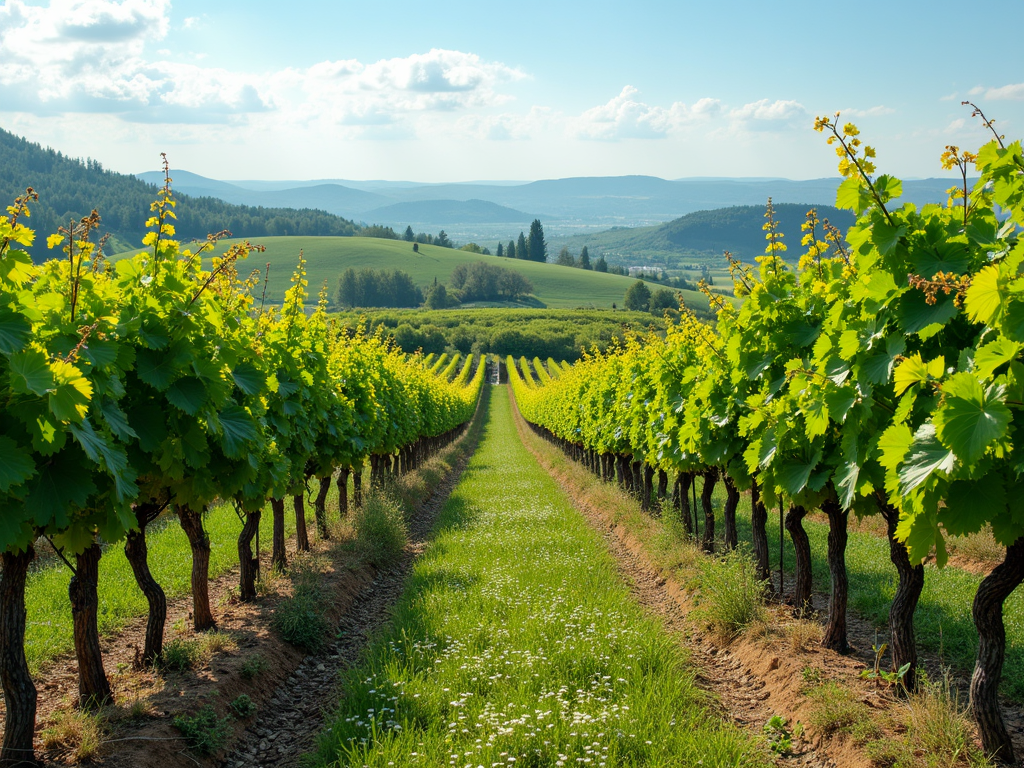
Water Conservation
Water is precious, especially in dry wine regions. Sustainable wineries tackle this with drip irrigation, delivering water straight to vine roots. It slashes waste compared to old-school sprinklers. Rainwater harvesting is another win—tanks catch rain to use later, easing the strain on local water supplies.
Some, like Jackson Family Wines, use soil sensors to track moisture. This tech tells them exactly when and how much to water. One California winery cut water use by 30% this way. Small changes like these add up, keeping vineyards thriving without draining resources.

Energy Efficiency
Wineries guzzle energy—think cooling tanks and powering bottling lines. Sustainable ones switch to renewables. Solar panels now gleam on winery roofs worldwide. Jackson Family Wines powers many of its sites this way, slashing carbon emissions and energy bills.
Energy-smart gear helps too. LED lights and efficient pumps trim usage. One winemaker I spoke to said, 'Solar’s a no-brainer—sun grows the grapes, why not let it run the show?' It’s practical and planet-friendly, a combo that’s hard to beat.
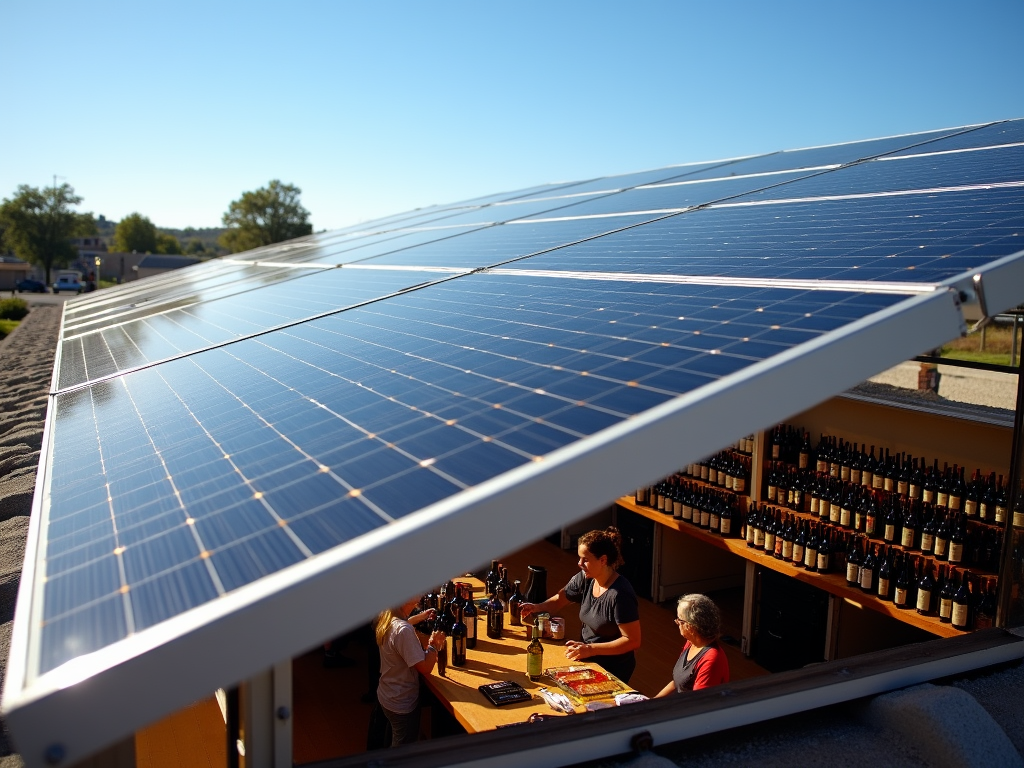
Waste Reduction
Winemaking leaves behind pomace—grape skins and seeds. Instead of dumping it, sustainable wineries compost it into fertilizer. Others recycle bottles and corks. I’ve seen bins at tasting rooms where visitors toss corks to be reused, not trashed.
Some get creative. A winery in Oregon turns pomace into biofuel. Jackson Family Wines pushes zero-waste goals, reusing water from cleaning tanks. These steps shrink landfills and show how every bit counts in sustainable practices in modern winemaking.
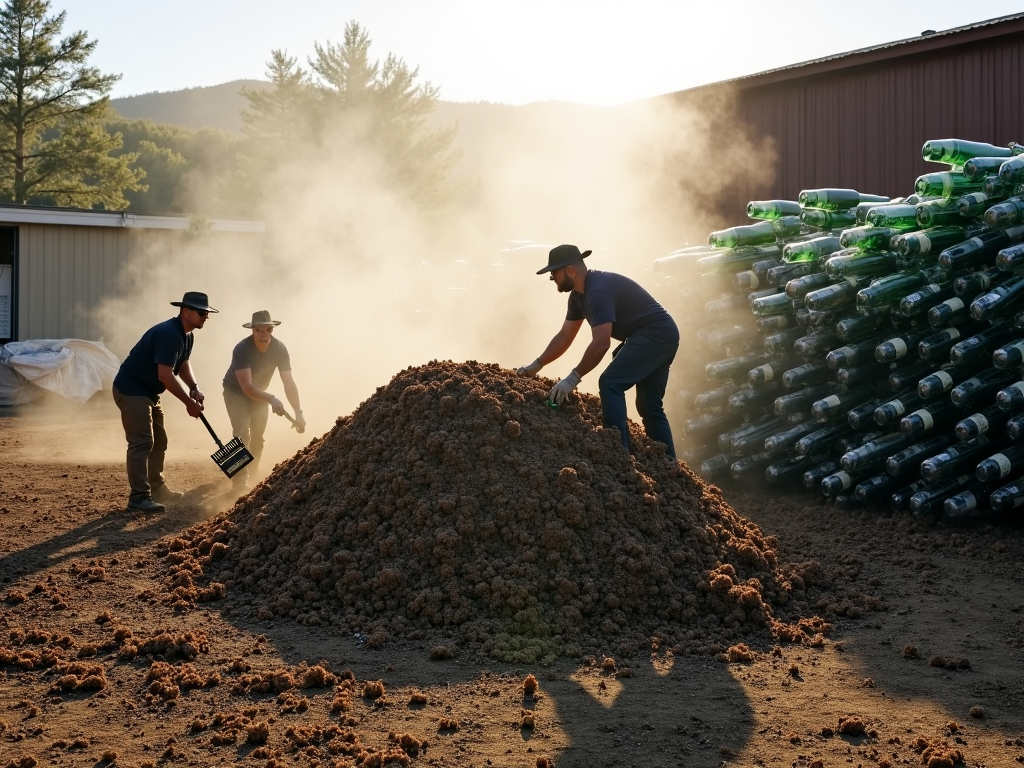
Social Responsibility
Sustainability isn’t just about the planet—it’s about people. Fair wages, safe work conditions, and community support matter. Jackson Family Wines offers training and benefits to its workers, setting a high bar among wine brands.
I met a vineyard manager who said, 'Happy workers make better wine.' Some wineries donate to local schools or host events. Others buy from fair-trade suppliers. It’s a ripple effect—good practices lift everyone, from pickers to sippers.
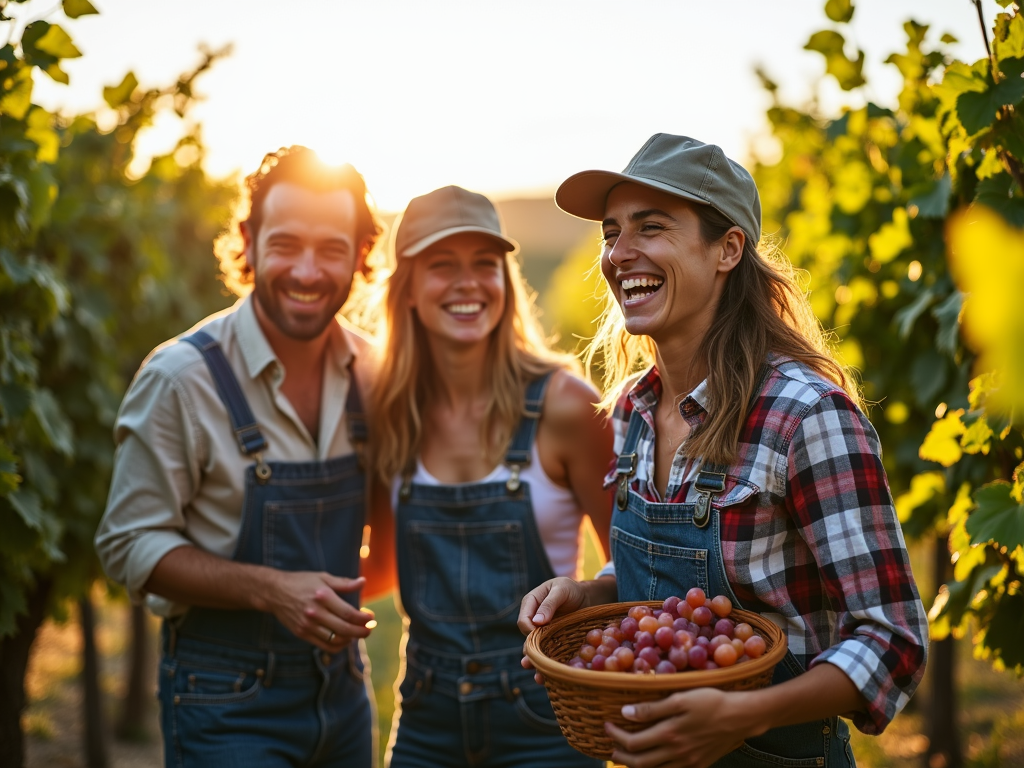
Jackson Family Wines vs Other Wine Brands
Jackson Family Wines stands out in sustainable winemaking. They aim to cut emissions by 50% by 2030, using organic methods and solar power. Compare that to other wine brands—many lag, sticking to old habits or small-scale efforts.
Take Brand X: they recycle, but don’t touch renewables. Brand Y farms organically, yet skips water-saving tech. Jackson’s edge is its all-in approach. They prove sustainability boosts quality and reputation, not just costs—a lesson other wine brands could learn.
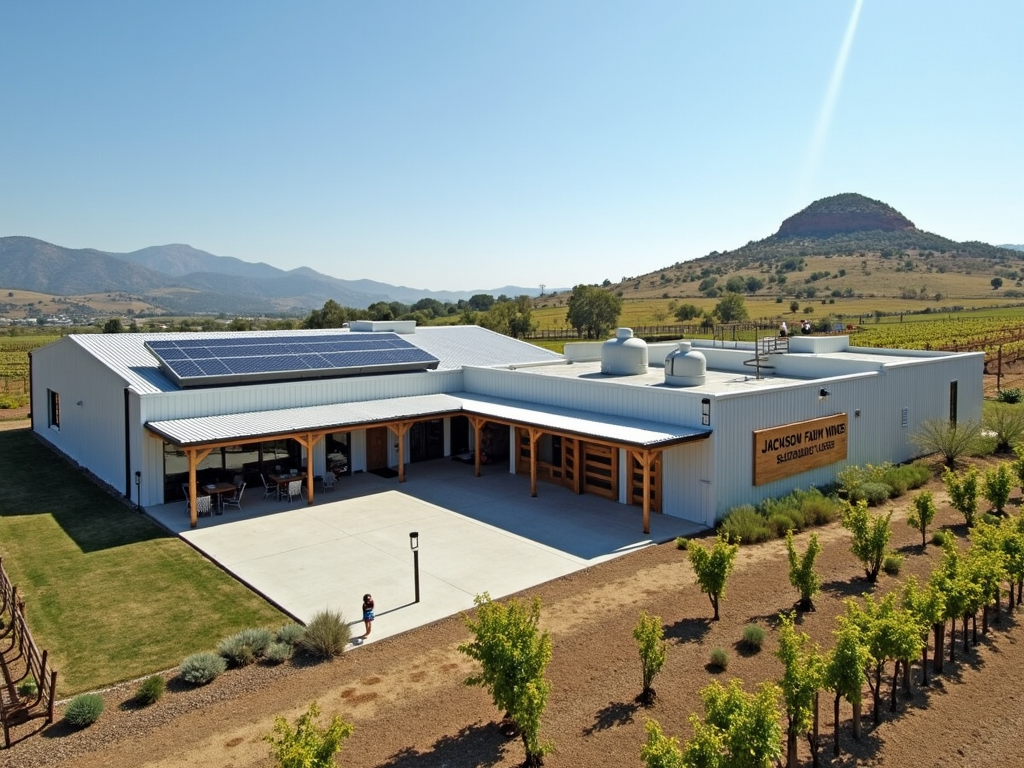
The Rise of New World Wines
New World wines hail from places like the U.S., Australia, and Chile—outside Europe’s old guard. They’re bold, fresh, and often sustainable. Check out The Rise of New World Wines: A Comprehensive Guide—these regions innovate fast, embracing green tech.
In California, wineries pair solar power with daring flavors. Australia’s dry lands push water-saving tricks. New World producers aren’t bound by centuries of rules, so they experiment. That freedom, plus sustainability, fuels their global buzz.
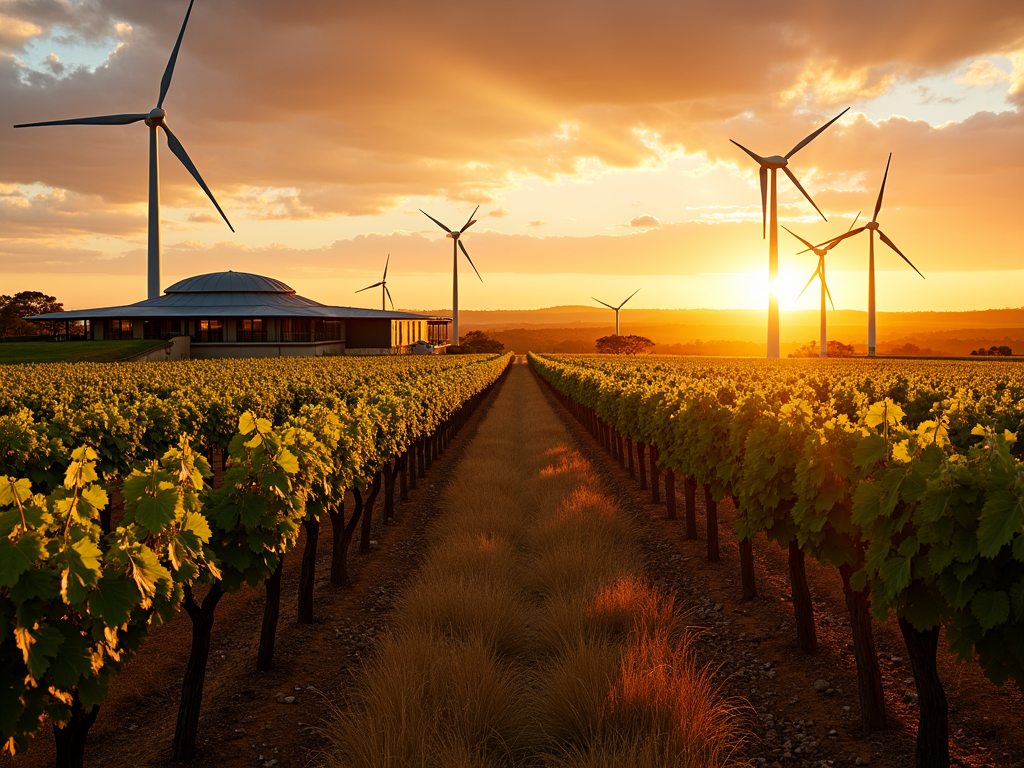
Tips for Wine Lovers
Want to support sustainable winemaking? Look for organic or biodynamic labels. Ask tasting room staff about their practices—most love to share. Buy from brands like Jackson Family Wines that walk the talk. Every bottle you pick makes a difference.
Summary
Sustainable practices in modern winemaking blend eco-friendly moves with tasty results. From organic vineyards to solar-powered wineries, leaders like Jackson Family Wines show how it’s done. New World wines rise with these trends, proving sustainability is here to stay.
